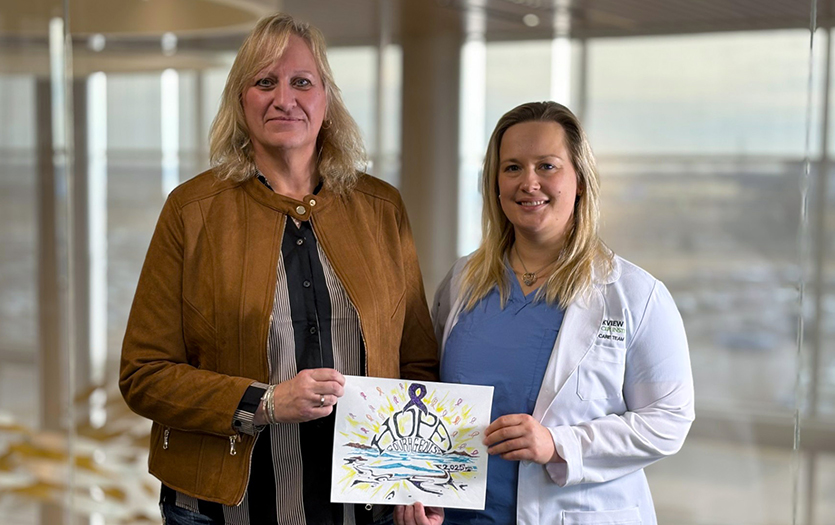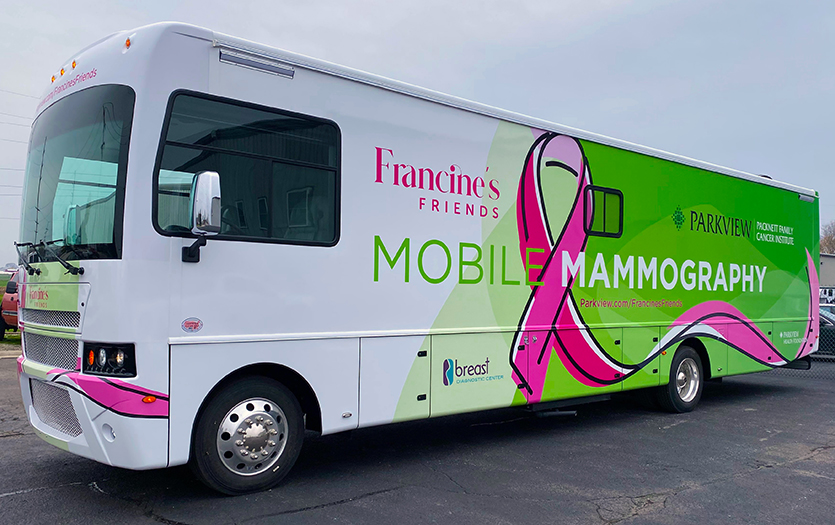According to the American Cancer Society, basal cell carcinoma (BCC) and squamous cell carcinoma (SCC) are the most common skin cancer types and are often related to sun exposure. In fact, about 5.4 million basal and squamous cell skin cancers are diagnosed each year in the US. While these numbers seem staggering, there are advanced treatment options available. We asked Robert Bednarek, MD, Mohs Surgeon, Skin Care Team, Parkview Cancer Institute, to speak on the intricacies of Mohs Micrographic Surgery, its effectiveness at curing high-risk and nonmelanoma forms of skin cancer and the importance of seeing a dermatologist for regular skin checks.
A novel treatment
Parkview Cancer Institute is proud to now offer patients an innovative procedure called Mohs Micrographic Surgery. Originally, this surgical technique was developed in the 1930s by Frederic E. Mohs, but since has been transformed into the most advanced, precise and effective treatment for multiple types of skin cancer.
Generally, this particular method treats high-risk, aggressive nonmelanoma forms of skin cancers that present on the head and neck. Additionally, Mohs Surgery is unique in that it offers the highest cure rates for nonmelanoma forms of skin cancer with a 99% cure rate for BCC and a 97% cure rate for SCC. It is also less invasive than other removal procedures and helps preserve a patient’s skin by sparing the surrounding healthy tissue.
How it works: In most cases, a patient can expect a single-visit outpatient surgery with local anesthesia and lab work completed on-site. The procedure is done in stages. After removing a layer of tissue, the surgeon examines it under a microscope. If remaining cancer cells are found, the surgeon will revisit the same location and remove another layer of tissue. This process repeats until margins come back clear and no cancer cells remain.
Exceptional expertise
In addition to being a board-certified dermatologist, Dr. Bednarek has also completed a year-long fellowship training focused on Mohs Micrographic Surgery. He is certified to perform this innovative technique and qualified to recognize skin cancer under a microscope, allowing him to evaluate 100% of the surgical margins. What does this mean for patients? It implies that in the same appointment, Dr. Bednarek has the ability to remove the cancerous tissue, read and analyze the pathology of the sample and perform the reconstructive surgery to repair the wound.
Final thoughts
Recognizing the signs and symptoms of any form of skin cancer earlier rather than later is crucial, giving the disease less time to progress. If you or a loved one have a concerning spot, please contact your primary care doctor or get in to see a dermatologist. Early prevention and detection are key.



